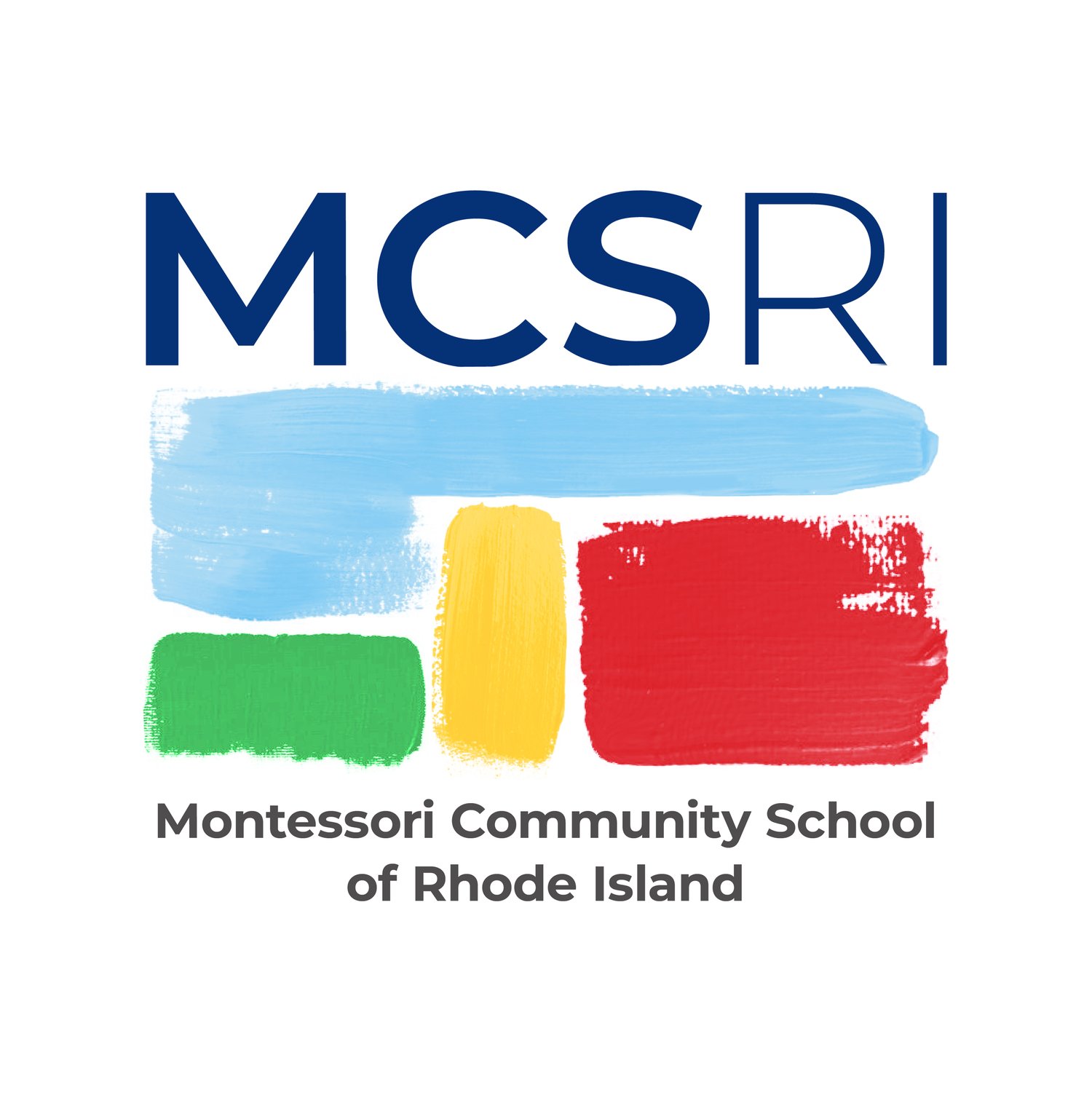Maria Montessori
The Montessori method of education was developed over 100 years ago by Dr. Maria Montessori, the first female doctor in Italy. She sought to create peaceful working communities of children guided by their independence, unique interests, and positive collaborations. Her educational method is based on the firm belief that every child has the internal drive to learn, has deep creative potential, and has the right to be treated as a unique individual. Dr. Montessori was an educator, a humanitarian, a philosopher and an innovator whose ideas have impacted young people across the globe.
Early Years
Dr. Maria Montessori was born in Italy in 1870. She was raised in Rome, surrounded by museums, libraries and a plethora of educational opportunities. Both of her parents believed strongly in the importance of education. Her mother, in fact, was educated herself and was an avid reader, a rarity for a woman of her time. Dr. Montessori showed early on that she too would refuse to be tied down by the expectations that society placed upon her as a woman.
When Dr. Montessori was just 13 years old she joined an all male engineering school. Upon entering her college years, she ambitiously worked her way into a medical program at the University of Rome. She was the only female in her class.
When Dr. Montessori graduated she was Italy's first female doctor. At the start of her career she worked closely with young patients who had mental disabilities and illnesses. Given her passion and her intelligence, she rose rapidly in the medical field. As she worked, Dr. Montessori developed new methods and new materials for working with her patients and students (these materials would later be used in her classrooms). In the late 1890s, she began to read a great deal about educational theories and was soon invited to become co-director of a training school for special education teachers.
During this time she was additionally gaining recognition as a lecturer. She spoke across the country and beyond about special education and women's rights.
The First Casa
Dr. Montessori was invited to start her first school in 1906 in a subsidized housing unit in Rome. She accepted the offer hoping to try her educational methods and materials with students without mental disabilities. Her first school (Casa dei Bambini), served over 50 children whose parents could not afford to send them to school.
At the Casa dei Bambini (the Children's House) Dr. Montessori observed her students closely and experimented with different styles, materials and systems. Through these observations, she learned how to create a classroom environment where children were able to learn both independently and joyfully. Dr. Montessori's deep respect for young children as individuals was at the heart of her educational philosophy and pedagogy.
She noticed that allowing children the autonomy to become active agents in their education, while encouraging them to follow their interests, gave them a motivation that took their learning to a new and deeper level. Dr. Montessori revolutionized the role of the teacher, making the student the center of the classroom. By 1907 she had also developed her unique, and highly successful methods in math, literacy and writing. By as early as 1910, educators, thinkers and leaders around the world knew of the success of the Montessori Method.
"We discovered that education is not something which the teacher does, but that it is a natural process which develops spontaneously in the human being." - Maria Montessori
The Growth of Montessori
Montessori schools spread quickly across Europe and then to North and South America, Asia and beyond. In fact, by 1913, just 7 years after Dr. Montessori had started her first school, there were over 100 Montessori schools in the United States alone! For the rest of her life, Dr. Montessori traveled around the world giving lectures and trainings about her educational methods.
Montessori for Peace and Justice
By the 1930s Fascism was gaining significant strength in Europe. Dr. Montessori found herself clashing with leaders in Italy, Spain and beyond. Many of her schools were shut down at this time, but she persevered. She began lecturing on Peace and Education and became a well known humanitarian activist.
In 1937, Dr. Montessori left Europe to conduct trainings with her son in India, and continued to spread her message for peace. By 1951, Dr. Montessori had been nominated for the Nobel Peace Prize 3 times.
Whether she was working with young people living with mental illness, or creating a school for children whose parent's could not afford to care for them during their work day, Dr. Montessori's focus remained with the children who needed her the most. It is clear both from her own writing and from the manner in which her educational philosophy was developed, that Dr. Montessori held deep and powerful respect for all children. By showing children this respect, and teaching others around the world to do so, Dr. Maria Montessori created a lasting legacy of peace and justice.
“The child is capable of developing and giving us tangible proof of the possibility of a better humanity. He has shown us the true process of construction of the human being. We have seen children totally change as they acquire a love for things and as their sense of order, discipline, and self-control develops within them.... The child is both a hope and a promise for mankind.” - Maria Montessori
Montessori Resources
The American Montessori Society
Peace and Education, by Maria Montessori
Education Today and Tomorrow, a recorded interview with André Roberfroid, President of Association Montessori Internationale
Montessori Science, psychology professor and Montessori advocate, Dr. Angeline Lillard, shares fascinating her research.
Montessori Madness, a look at the major concepts in Trevor Eissler's best selling book.
Maitri Learning, links to interesting information about Montessori and early childhood education.




